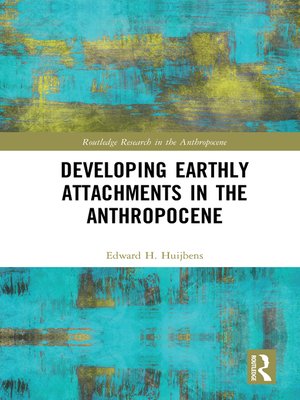Developing Earthly Attachments in the Anthropocene
ebook ∣ Routledge Research in the Anthropocene
By Edward H. Huijbens

Sign up to save your library
With an OverDrive account, you can save your favorite libraries for at-a-glance information about availability. Find out more about OverDrive accounts.
Find this title in Libby, the library reading app by OverDrive.



Search for a digital library with this title
Title found at these libraries:
| Loading... |
This book explores the development and significance of an Earth-oriented progressive approach to fostering global wellbeing and inclusive societies in an era of climate change and uncertainty.
Developing Earthly Attachments in the Anthropocene examines the ways in which the Earth has become a source of political, social, and cultural theory in times of global climate change. The book explains how the Earth contributes to the creation of a regenerative culture, drawing examples from the Netherlands and Iceland. These examples offer understandings of how legacies of non-respectful exploitative practices culminating in the rapid post-war growth of global consumption have resulted in impacts on the ecosystem, highlighting the challenges of living with planet Earth. The book familiarizes readers with the implied agencies of the Earth which become evident in our reliance on the carbon economy – a factor of modern-day globalized capitalism responsible for global environmental change and emergency. It also suggests ways to inspire and develop new ways of spatial sense making for those seeking earthly attachments.
Offering novel theoretical and practical insights for politically active people, this book will appeal to those involved in local and national policy making processes. It will also be of interest to academics and students of geography, political science, and environmental sciences.






